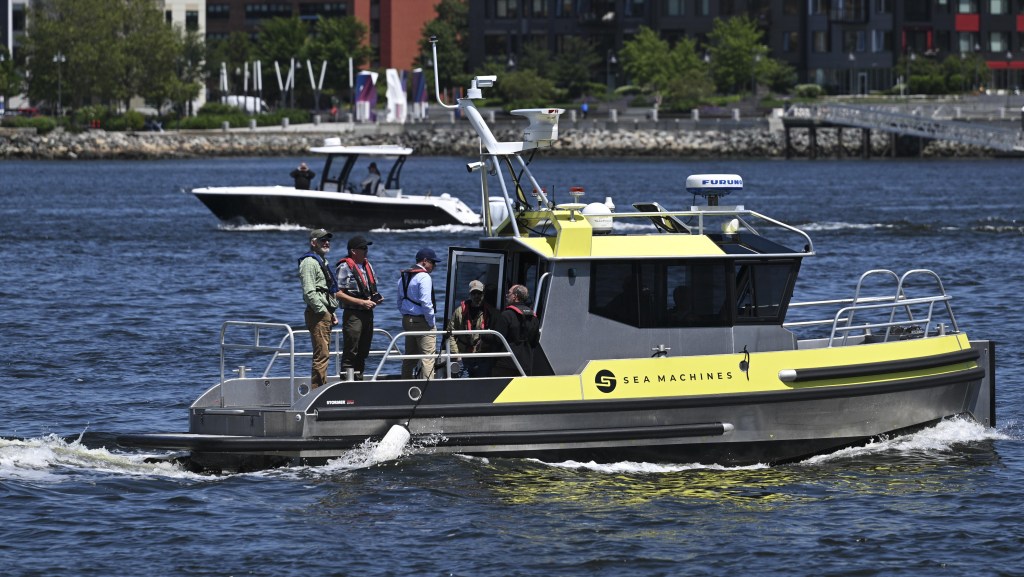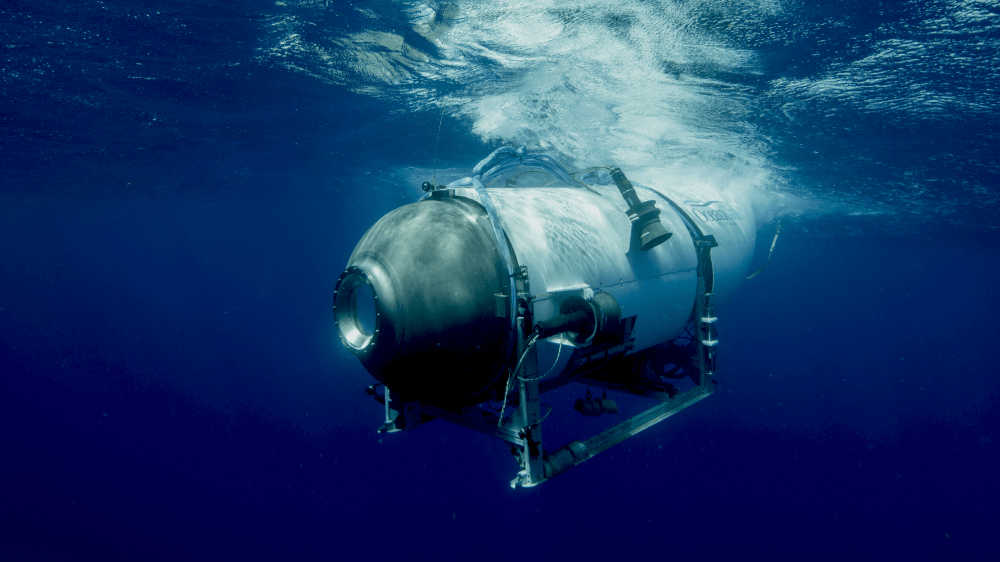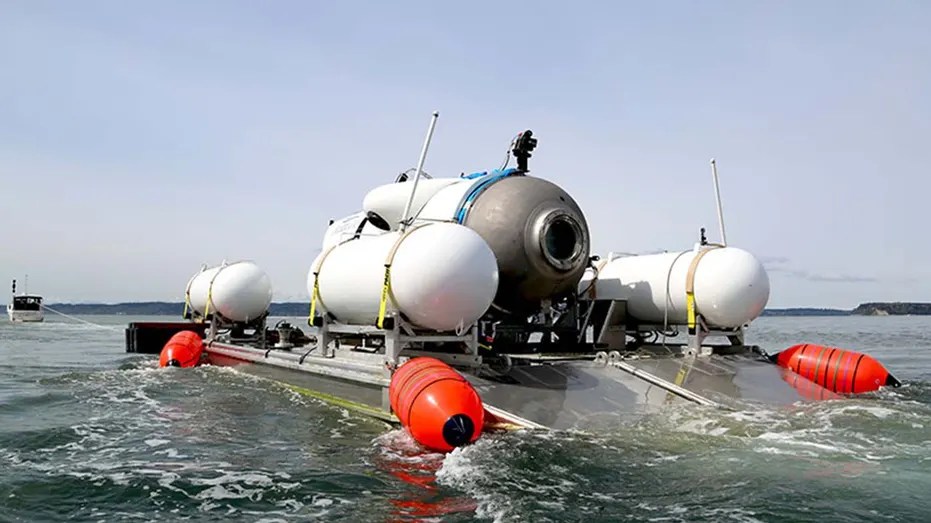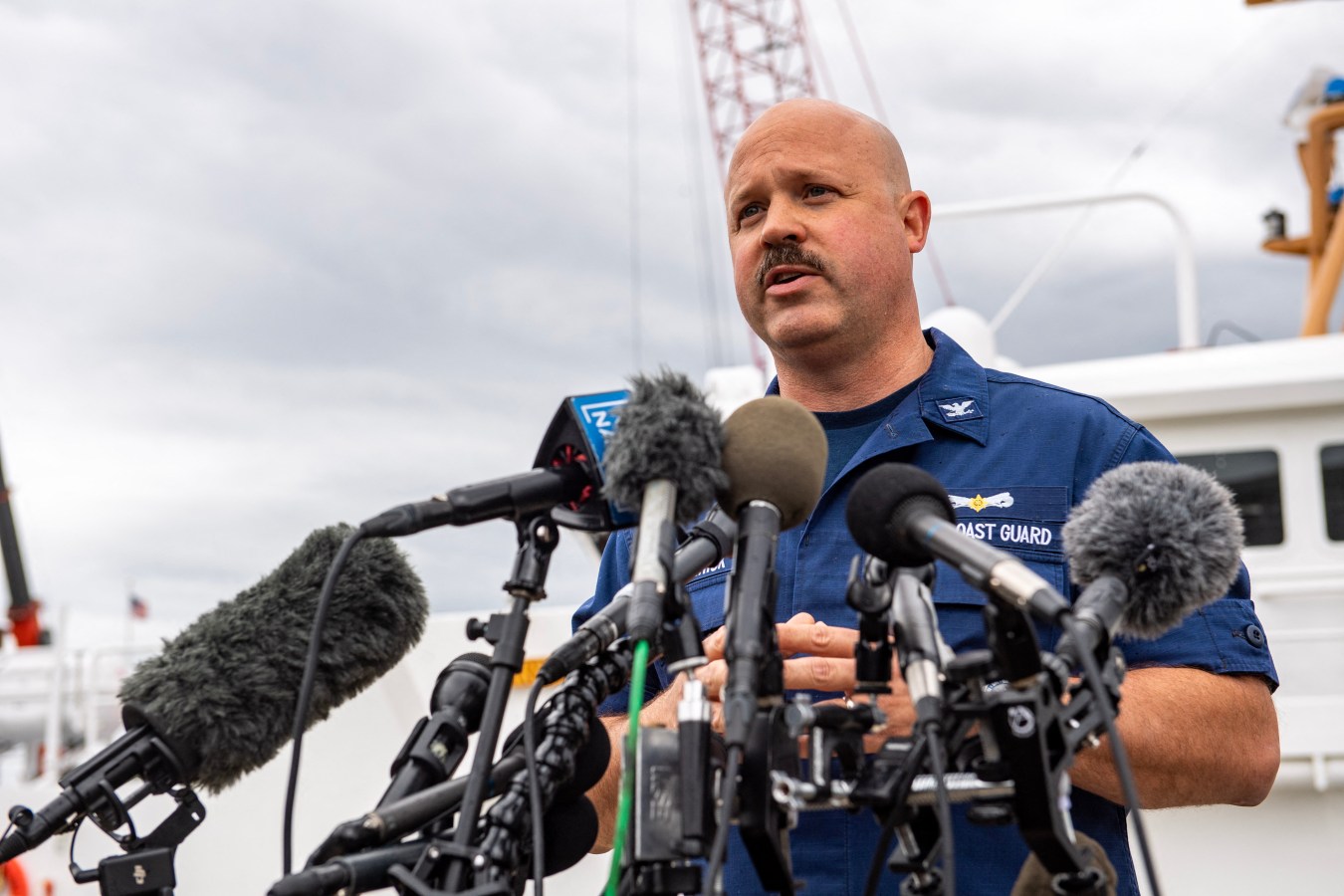The race to find the submersible that went missing on an expedition to the Titanic wreckage intensifies as oxygen time is expected to run out in less than 10 hours.

Crews are searching across a 7,600-square mile surface area and 2.5 miles (4 kilometres) deep in the hopes of finding and rescuing the five missing passengers aboard the vehicle.
The search mission is focused on an area where a Canadian aircraft searching for the sub heard “banging sounds in the area every 30 minutes”. The banging could still be heard four hours after the sonar was deployed, the email read. The implication is that the crew may be alive and signalling to rescuers, though the source of the noise is so far inconclusive and the search has “yielded negative results”, according to the US Coast Guard.
Onboard the vessel – which cost US$250,000 per person to board – are British businessman Hamish Harding, Pakistani businessman Shahzada Dawood and his son Sulemon, French Titanic expert Paul-Henri Nargeolet and Stockton Rush, the CEO of OceanGate Expeditions, the company that designed and dispatched the submersible. It’s been reported that Wendy Rush, the wife of Rush – the sub’s pilot – descended from two first-class passengers who died when the Titanic sank in 1912.
The search is a race against time. The sub was reported to have 96 hours of oxygen left at the time it was reported missing on Sunday. Now, that is down to less than 10 hours.
Search mission
Fact Checking the OceanGate claims
Why does the submersible use a gaming controller? Speculation has mounted over the Titan’s navigational equipment, including a Logitech wireless gamepad used to control the vessel, though the type of gaming controller is fairly common on submarines and other military equipment, including by the U.S. Navy, which has installed Xbox 360 controllers on submarines to control photonics masts (a newer version of a periscope)—U.S.S. Colorado Commander Reed Koepp said the controller is both cheaper and more intuitive.
Is the sub equipped with just one button? The 23,000-pound vessel—operated by exploration company OceanGate Expeditions—relies on just one button that functions “like an elevator” to plunge over 13,100 feet below the ocean’s surface,” OceanGate CEO Stockton Rush told CBS last year, and has no radar or GPS navigation system.
Was Titan approved for use? The submersible has been described as “experimental” and has not been approved by “any regulatory body,” according to CBS reporter David Pogue, who rode the submersible on a derailed trip to the seafloor last year.

Was the submersible safe to use? Though the Titan has made two successful voyages to the Titanic, the vessel itself has raised concern from scientists from the Marine Technology Society, who penned a letter to OceanGate in 2018, criticizing the company for failing to meet a set of industry standards for vessel safety and urged OceanGate to send a prototype for review, according to a letter obtained by the New York Times (OceanGate said the Titan has exceeded those standards and in 2019 said it mitigated safety risks).
Can the crew inside free the vessel? Oceanic explorer Jannicke Mikkelsen told CNN the submersible operates with seven systems to offload weight and float to the surface in cases of emergency, but Mikkelsen speculated the vessel could be trapped inside the Titanic or even a fishing net, preventing the vessel from rising to the top.
The depth of the wreck as well as choppy seas and foggy conditions also pose daunting challenges to rescuers, though similar operations have been pulled off before, including a 1973 rescue operation for two explorers aboard the Pisces III submersible that went missing more than 1,500 feet below the surface (the Titan is more than eight times deeper).
What probably happened to the Titan? Joe MacInnis, a Canadian explorer who has also descended to the Titanic wreck site, told Bloomberg the sub could have also experienced a fracture to its hull, causing it to implode and fill with water, or a fire—though the sub is believed to be equipped with fire-extinguishing devices.
Can rescue teams search the ocean floor? Reaching the seafloor would take hours (The Titan travels at a speed of nearly 3.5 mph), and risk extremely high pressure and low visibility, and while rescue workers might seem to have time to search the area, the crew embarked with roughly 96 hours of life support, and the U.S. Coast Guard estimated Tuesday afternoon the sub has only 40 hours of oxygen remaining—rescuers have instead relied on a combination of ships, planes and sonar buoys.
With additional reporting from Forbes.com. This is a developing story. More to come.
Look back on the week that was with hand-picked articles from Australia and around the world. Sign up to the Forbes Australia newsletter here or become a member here.


